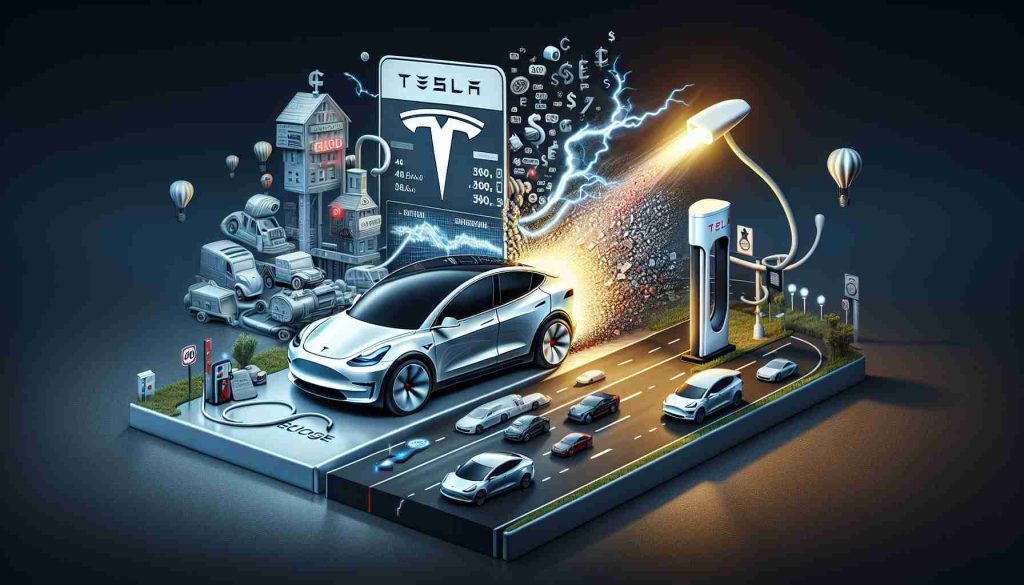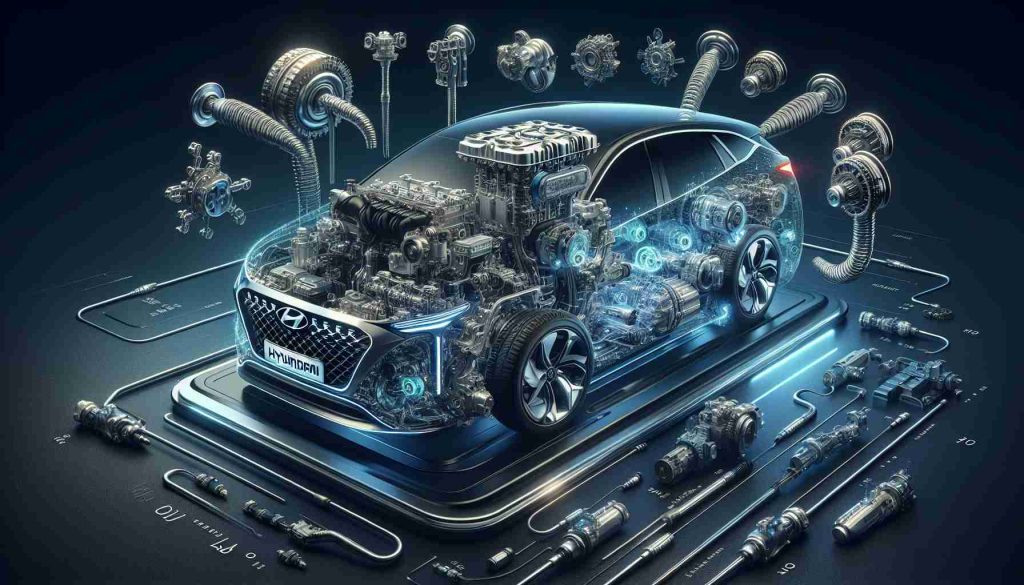Fire Emergency in Ojai
An alarming event unfolded in Ojai on Saturday when a hybrid vehicle erupted in flames, sending thick smoke billowing through the community. Around 9:30 a.m., Ventura County firefighters were called to the scene to manage the situation involving a Volvo XC90.
Upon their arrival, they discovered that the vehicle’s battery had entered a critical phase known as thermal runaway, a condition where a battery’s temperature climbs uncontrollably due to chemical reactions. Fire engineers indicated that conventional firefighting methods wouldn’t suffice in this unusual circumstance. Thus, the priority shifted to ensuring the safety of nearby residents as the fire continued to burn without immediate extinguishing.
Residents located upwind were promptly evacuated, while those downwind were advised to stay indoors. By early afternoon, the smoke lessened, leading authorities to ease evacuation orders. Drones equipped with infrared technology maintained surveillance, revealing persistent heat in the vehicle throughout the incident. Eventually, the vehicle would be removed once all dangers were mitigated.
This incident arises amidst the growing adoption of hybrid vehicles, which now make up a significant portion of new car sales in the U.S. Consumers are increasingly drawn to hybrids, but incidents like this highlight the unique challenges they pose to public safety and emphasize the need for specialized emergency protocols.
Fire Safety and the Rise of Hybrid Vehicles
The recent fire emergency in Ojai underscores profound implications for public safety, automobile technology, and environmental practices. As hybrid vehicles gain popularity—accounting for 8.6% of new car sales in the U.S. in 2022—the challenges related to their lithium-ion batteries are becoming increasingly visible. Thermal runaway incidents not only risk lives but also place considerable strain on local emergency services, which must now adapt to a landscape where traditional firefighting equipment may fall short.
These incidents raise awareness about the dangers of battery technology: as the demand for cleaner energy solutions grows, so does the urgency for comprehensive safety protocols, especially in residential areas. Communities are now pressed to consider whether infrastructure and emergency response protocols adequately account for these modern vehicles’ intricacies.
Additionally, the environmental footprint of battery disposal and recycling in hybrid vehicles remains a concern. The global lithium market, projected to reach a value of $9 billion by 2027, brings into question not only the sourcing of materials but also their long-term sustainability. Future trends may include more robust recycling programs and innovations in battery technology, aiming to mitigate these issues.
Ultimately, as hybrid vehicles continue their ascent in the automotive world, it is essential for society to weigh the benefits of sustainable transportation against potential risks—shaping the future of urban planning, emergency preparedness, and environmental stewardship in the process.
When Fire Meets Innovation: The Rising Risks of Hybrid Vehicles
Fire Emergency in Ojai: Understanding the Risks and Safety Measures
An alarming incident occurred in Ojai, California, as a hybrid vehicle, a Volvo XC90, burst into flames due to a severe battery malfunction known as thermal runaway. This event underscores growing concerns about the safety mechanisms in hybrid vehicles and what they mean for both consumers and emergency responders.
Understanding Thermal Runaway
Thermal runaway is an increasingly recognized risk associated with lithium-ion batteries found in hybrid and electric vehicles. This phenomenon occurs when a battery’s temperature rises uncontrollably due to internal short-circuits, leading to ignitions that traditional firefighting techniques struggle to quell. Emergency response teams must adapt their strategies to manage these unique hazards.
Emergency Response Protocols
During the Ojai incident, Ventura County firefighters faced significant challenges, given that conventional methods were ineffective against a battery fire. Here are some important measures they employed:
– Evacuations: Residents located upwind of the fire were quickly evacuated to protect them from harmful smoke, while those downwind were urged to stay indoors.
– Monitoring: Drones equipped with infrared technology were deployed to monitor the heat levels of the vehicle, crucial in assessing when it would be safe to approach for containment or removal.
– Safety First: The focus remained on public safety, ensuring that all necessary precautions were observed before the vehicle was deemed safe to transport.
Pros and Cons of Hybrid Vehicles
As the adoption of hybrid vehicles increases, so does the discourse around their advantages and potential pitfalls. Here’s a breakdown:
– Pros:
– Fuel Efficiency: Hybrids use less fuel than traditional vehicles, significantly reducing carbon emissions.
– Tax Incentives: Many regions offer tax benefits for purchasing hybrid vehicles.
– Less Dependence on Fossil Fuels: They contribute to a gradual shift towards more sustainable automotive technologies.
– Cons:
– Safety Risks: As witnessed in Ojai, the risk of battery fires is a growing concern, which requires specialized knowledge for firefighting.
– Cost of Repair: Battery replacement can be expensive, and repairs often necessitate special equipment.
– Limited Recycling Options: Disposal and recycling of hybrid batteries still face challenges, raising environmental concerns.
Trends and Predictions in Hybrid Vehicle Safety
The fire incident in Ojai sheds light on the urgent need for enhanced safety protocols as hybrid vehicle adoption grows. Manufacturers are focusing on innovations that could mitigate risks, such as:
– Advanced Battery Management Systems: Technologies that prevent thermal runaway by actively monitoring battery conditions in real-time.
– Improved Fire-Resistant Materials: Research into materials that can better withstand the conditions that lead to battery fires.
– Firefighter Training Programs: Specialized programs aimed at educating emergency personnel on how to deal with hybrid vehicle fires effectively.
Market Analysis: Adoption vs. Risks
The market for hybrid vehicles has seen explosive growth, now representing a substantial share of new car sales in the U.S. Consumers are increasingly drawn to these vehicles for their environmental benefits and fuel efficiency. However, incidents like the one in Ojai are likely to spark debates on regulations and safety standards as the automotive industry evolves.
In conclusion, while hybrid vehicles represent a significant step forward in automotive technology, awareness and preparation for the associated risks are paramount. As consumers and manufacturers alike navigate this rapidly changing landscape, both safety and innovation will play vital roles in shaping the future of hybrid vehicles.
For more information on hybrid vehicles and emerging trends, visit Automotive.com.















